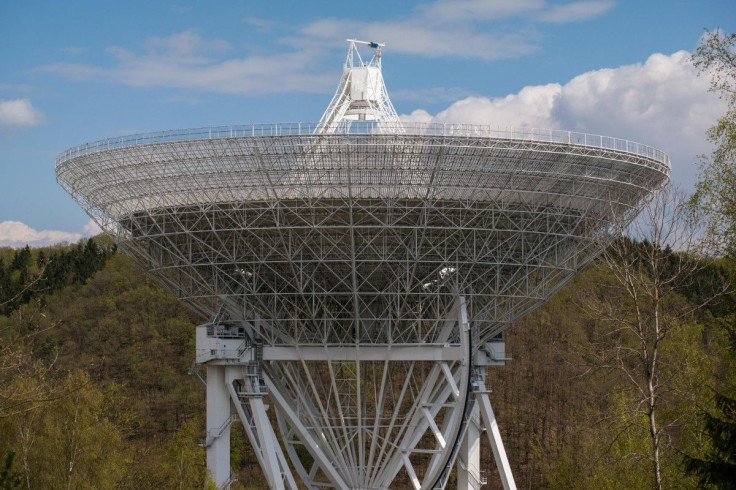Search For Alien Life Stalled By Bitcoin, Other Cryptocurrency Mining
Scientists tasked with keeping their eyes and ears on the sky to watch for signs of extraterrestrial life are having trouble getting the computer hardware that they require because it has been scooped up by cryptocurrency miners.
According to a report from the BBC , radio-astronomers at the Search for Extraterrestrial Intelligence (SETI) Institute and elsewhere have struggled to get their hands on graphics processing units (GPUs) required for the processors have become essential tools to mine for cryptocurrencies like Bitcoin.

“This is a new problem, it's only happened on orders we've been trying to make in the last couple of months,” Dr. Dan Werthimer told the BBC . "That's limiting our search for extraterrestrials, to try to answer the question, 'Are we alone? Is there anybody out there?’”
GPUs are powerful computer processors designed for handling compute-intensive functions. They are typically used for display functions like rendering images and animations but offer a considerable amount of computing power that can complete complex tasks.
Because of those capabilities, GPUs used by scientists searching for signs of alien life to handle data crunching tasks like processing broadcast signals and powering telescopes. The SETI Institute has about 100 GPUs that it employs in a variety of tasks.
Unfortunately for those scientists, the processing power of GPUs has also proven useful in the cryptocurrency community, particularly for those who are mining for Bitcoin and other digital currencies.
The process of mining for cryptocurrencies requires users to lend their computer processing power to solve complex mathematical equations needed to authenticate transactions across the blockchain—a distributed ledger that keeps track of all sales and purchases of a particular cryptocurrency.
When those equations are solved and the transactions are confirmed, coins are released and provided to people who lend their processing power to the process as a reward for helping complete the process.
Graphics cards aren’t specifically marketed by manufacturers as tools for mining for cryptocurrency but their processing capability makes them well-equipped for the task, which grows more computationally intensive over time.
Because of the popularity and potential profitability that cryptocurrency mining presents, GPUs have been flying off the shelves and scientists at the SETI Institute have been unable to upgrade their machines for their important work. "We've got the money, we've contacted the vendors, and they say, 'We just don't have them,'" Werthimer told BBC.
Earlier this year, reports said cryptocurrency mining had driven up the cost of GPUs. Gamers and others who typically purchase the cards saw the prices skyrocket as vendors found it difficult to keep the graphics processors in stock during the cryptocurrency boom.
© Copyright IBTimes 2024. All rights reserved.











